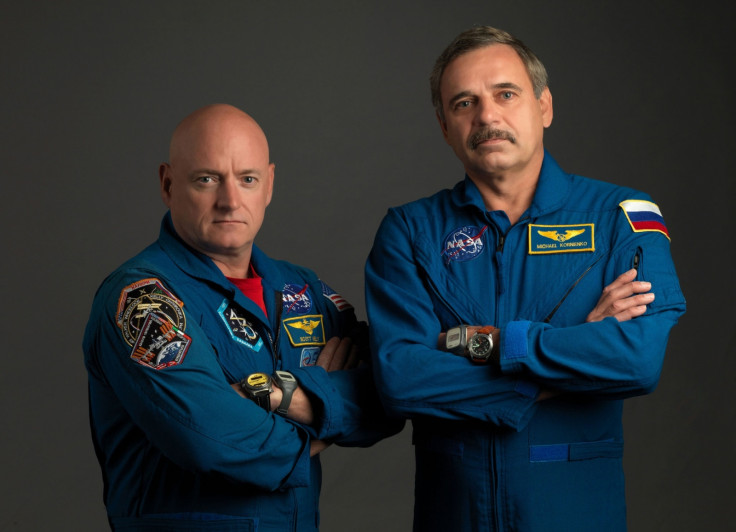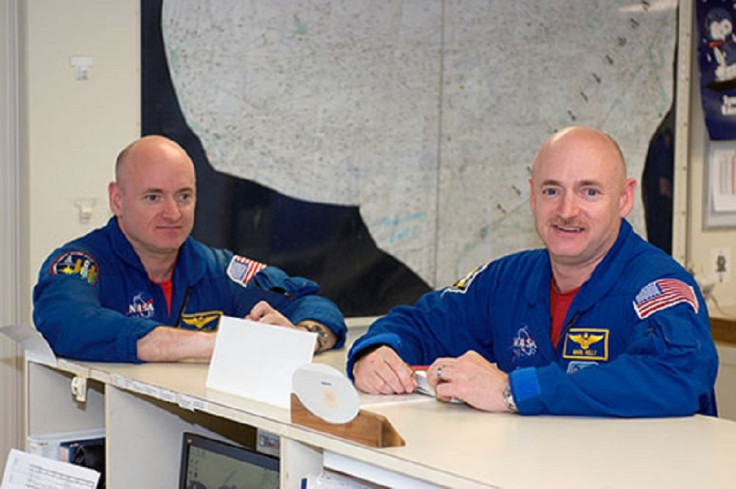Year in Space: Watch ISS astronauts Scott Kelly and Mikhail Kornienko launch live online

Two astronauts are set to be sent into space to live onboard the International Space Station for a whole year. A livestream of the launch from Baikonur Cosmodrome in Kazakhstan will be broadcast online on 27 March from 2.40pm ET (6.40pm GMT), with take-off scheduled for 3.42pm.
Nasa astronaut Scott Kelly and Russian cosmonaut Mikhail Korienko will take off in the Russian Soyuz spacecraft along with cosmonaut Gennady Padalka (who will not spend a whole year in space).
You can watch the launch live online through Nasa TV below.
Most expeditions to the ISS last for four to six months. By extending the length of time, scientists hope to gain a better understanding of how the human body reacts and adapts to long-duration spaceflight – knowledge of which will aid future missions into the solar system like a manned mission to Mars.
What happens to the human body in space?
The body can be affected by zero gravity in a number of ways. Changes take place to the eyes, muscle and bones. The psychological effects can also be considerable.
In microgravity, astronauts no longer walk to get around the spacecraft, meaning the bones in the lower body that normally bear weight have a significant decrease in load bearing, which can lead to the bone to breakdown and release calcium, which is reabsorbed in the body – the bones, in effect, become more brittle and weak.
Extended spaceflight can also lead to muscles weakening (atrophy), which can lead to fall-related injuries and accidents. Astronauts at the moment have to exercise to maintain their muscle mass.
The cardiovascular system is also affected because it does not have to work as hard – over time this can cause a decrease in the size of the heart. The inner ear and balance can be affected because the pattern of information integrated into the brain is changed. When they get back to Earth, astronauts have to readjust to Earth's gravity and can have problems standing up, stabilising, walking and turning.
Astronauts also get taller in space because the disks between the vertebrate are not compressed because of gravity. On return, a side effect could be back pain from lengthening of the spine.
How will the body be studied?
Research from the one year mission will allow scientists to better understand the risks of long-duration spaceflight so they can find ways to improve the safety of space travel for astronauts.
Functional studies will examine Korienko and Kelly before, during and after the mission. The changes in the pressure inside their skulls will be examined, while metabolic investigation will examine the immune system and effects of stress. Behavioural studies will monitor their sleep patterns and exercise routines.
Twin study

Kelly is an identical twin to retired Nasa astronaut Mark Kelly. Throughout the mission, Mark will also be monitored so comparative genetic studies can see how space affects the body. This involves blood samples, physical and psychological tests – all of which will track degeneration or evolution that takes place to Scott over the year.
Announcing the experiment in April 2014, Nasa said: "The experiment harkens back to Einstein's Twin Paradox, a thought experiment in which one twin rockets to the stars at high speed while the other stays home. According to Einstein's theory of relativity, the travelling twin should return younger than his brother—strange but true. Nasa's study won't test the flow of time. The ISS would have to approach the speed of light for relativistic effects to kick in. Just about everything else is covered, though."
Mikhail Kornienko
Korenienko, is the 104<sup>th cosmonaut of the Russian Federation. He was born 15 April 1960 in the Kuibyshev region. He has one daughter with his wife Irina Anatolievna Kornienko. He completed his military service in 1980 and started working for the Moscow law enforcement agencies for the next six years, after which he became a test engineer.
In 1995, he began working at the Energia Rocket/Space Corporation (RSC) as an engineer and in 1998 was selected as an Energia test cosmonaut candidate – he qualified the following year. Between 2001 and 2003 he was assigned to the ISS 8 backup crew, but was reassigned after the Columbia tragedy.
Between 2005 and 2006 he took ISS advanced training and became a flight engineer for Soyuz TMA the following year, completing his first spaceflight in 2010. Before the launch, he had logged 176 days, one hour and 18 minutes in space.
Scott Kelly
Kelly was born 21 February 1964 in New Jersey and has two children. He received a BS degree in electrical engineering in 1987 and a Master of Science degree in 1996. He was designated a naval aviator in July 1989 and after completing initial F-14 Tomcat training was assigned to Fighter Squadron 143. He was selected to attend the US Naval Test Pilot School in 1993 and completed training a year later.
He joined Nasa in 1996 where he reported to the Johnson Space Centre. He served as a backup crew member for ISS Expedition 5 and Flight Engineer for ISS Expedition 25. He was also the commander of ISS Expedition 26.
You can follow Kelly on twitter @StationCDRKelly
© Copyright IBTimes 2025. All rights reserved.






















